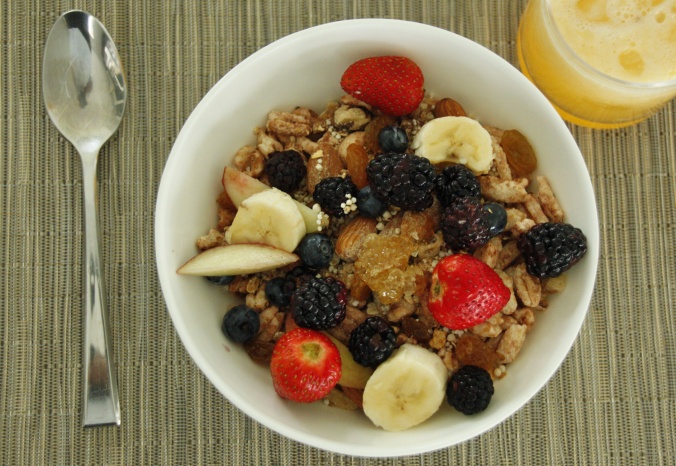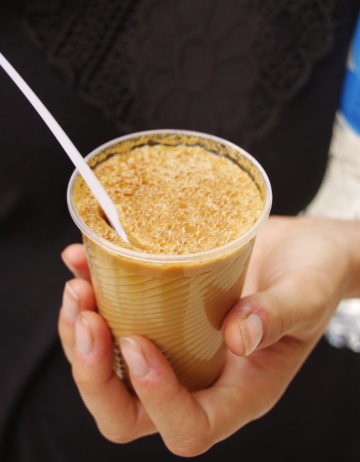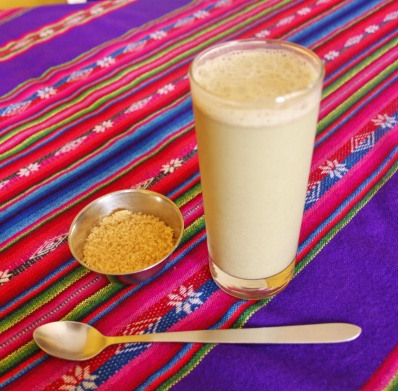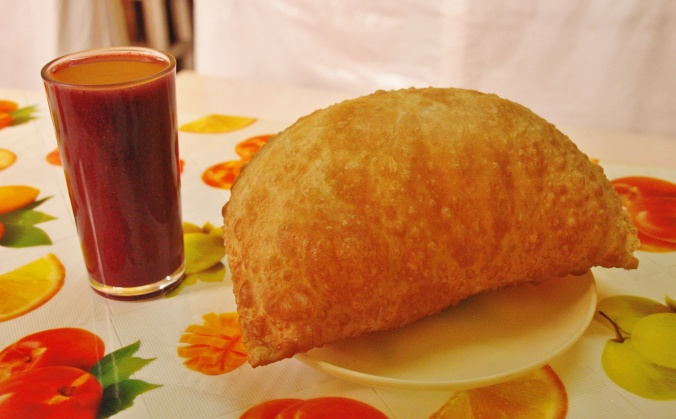
Having visited many a produce market in my South American travels, I felt compelled to follow-up my post on the fruits of Peru with a primer on the Bolivian fruit scene. Bolivia’s ecological biodiversity lends itself to inhabit a wide range of unique edible plant life. With so many exotic options, this is in no way a comprehensive list, but will instead explore some of the most common varieties that are sold in the marketplace. My first-hand research included trips to various markets to scope out their fruit supply, then buy a selection to later dissect and sample. As you can imagine, the taste-testing was my favorite portion of this experiment, and there will hopefully be more to come as I continue traveling throughout the Andean region of South America.
As to be expected, Bolivian fruit markets still carry the traditional favorites that would be easily recognizeable from our grocery stores back home. Bananas, apples, pears, and grapes are popular just about anywere in the world. (In order below: kiwi, strawberries, (green) oranges, and a pineapple street vendor.)
Tumbo became one of my favorite fruits in Bolivia due to its strange texture and tart flavor. Shaped like an elongated egg, tumbo’s interior resembles a passion fruit with black seeds covered in slimy orange pulp. Most people don’t consume the fruit raw (though given my penchant for tartness I rather enjoyed it) and it is commonly made into a juice. Once scooping out the seeds, they are blended with sugar and water and strained to create a refreshing and slightly acidic drink which I can report is in fact delicious. Known in English as the “banana passionfruit,” it is part of the passion family and related to a couple of other fruits on today’s list.
Staying within the passion fruit family, maracuya has similar yellow-ish slimy seeds that are encased in a thick, round shell. It is acidic and can be made into a juice, but is also edible once fully ripe and the sweet seeds can be easily sucked down. Alternatively its seeds can be used in jellies, pies, or fruit salads. Maracuya’s main nutrients are calcium, iron, vitamin C and A, and its leaves have been traditionally used in native folk medicine as a sedative.
Granadilla is the final fruit I’ll be covering in the passion family, and is easily mistaken with the maracuya as its exterior shape and size are very similar. Unlike the maracuya, however, it’s internal slimy seeds have a transparent mucous-like covering making them appear gray, instead of yellow-orange. It has a sweeter, less-acidic flavor and once cracked open, can be eaten straight from the shell. Along with vitamins A, C, and, K, it contains phosphorus, iron, and calcium.
Our next fruit discovery is the achachairú, othersise known as Bolivian mangosteen. This tropical fruit is so beloved that it even has its own festival in January. It is a small, bright orange fruit with a white, fleshy interior and large seed. Its semi-acidic, sweet and bitter taste is good for juicing, and also eaten as a raw snack. Once the achachairú’s glossy, tough rind is peeled or scraped off, the edible pulp can be enjoyed. Its nutritional content boasts vitamin C, riboflavin, potassium, and folate.
The lima has been described to me as a cross between a lemon and a lime. I must say, it resembled a little bit of both and didn’t necessarily taste like either. In my opinion the flavor was less appealing, and left me with an aftertaste reminiscent of citronella. I haven’t come across too much information about the lima and how it differs from its more common citrus cousins, but at least in Bolivian homes it is most typically consumed as a lemonade-like juice.

And finally, the tamarillo, also known as the vine or tree tomato. This strange fruit looks like an egg-shaped tomato, and ranges in color from vibrant orange-ish red to deep maroon. Unlike a regular tomato, the skin has a bitter taste, while the inner fruit and edible seeds are sweet and tangy. Tamarillos are used in jellies, desserts, salads, stews, and juices, or can be eaten fresh. They contain calcium, carotene, iron, protein, and vitamin C.






































































































